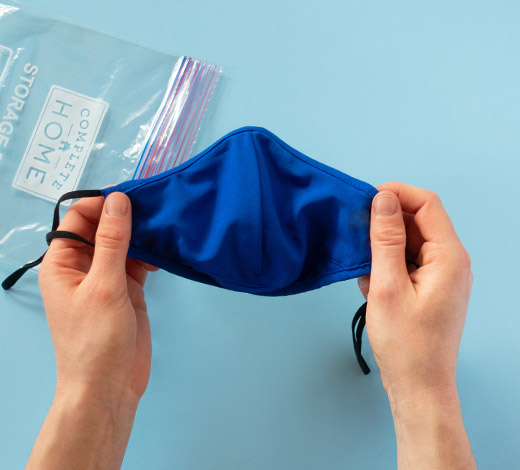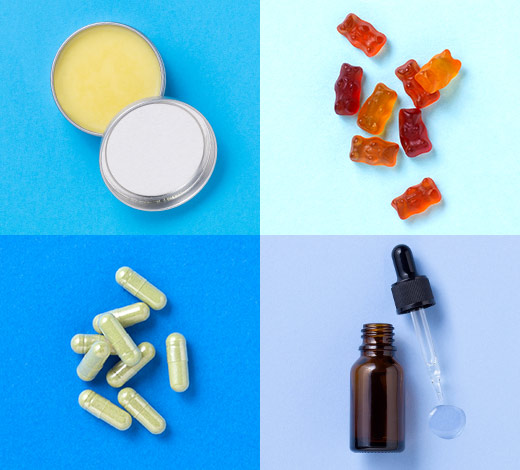

More than 1.6 million new cases of cancer are diagnosed in
the United States each year.
This means nearly 40 percent of men and women will receive a cancer diagnosis at some point during their lifetime. However, people can lower their risk of many common cancers by seeing their doctor regularly and adopting a healthier lifestyle.
Here are the best ways you can help reduce your cancer risk:
Get Regular Screening Tests
Have your body checked for cancer through a test or scan
before symptoms appear. Research shows that recommended cancer screenings can
help prevent disease by finding precancerous lesions or cancers at an early
stage when treatment may be most effective. Talk with your doctor about the
best cancer screening schedule for you.
Get Immunized
Vaccines can reduce the risk of cancer by preventing viral
infections that can lead to certain types of cancer. For example, vaccination
against human papillomavirus (HPV) can protect against cervical cancer, and
vaccination against the hepatitis B virus can reduce the risk of liver cancer.
Stop Smoking
Smoking contributes to lung, mouth, throat and other cancers
by exposing the body to cancerous chemicals contained in cigarettes. Secondhand
smoke also increases the risk of cancer by 20 to 30 percent. Quitting tobacco
is an important step in reducing your cancer risk.
Eat Healthy
While no single food can protect you against cancer, eating
a nutritious diet can help. Research shows that a diet filled with a variety of
nutrient-rich plant foods such as vegetables, fruits, whole grains and beans
helps lower risk for several types of cancers. .
Limit Alcohol Intake
Alcohol (or ethanol) is a cancer-causing chemical. So, the more alcohol a person drinks
regularly over time, the higher their risk of developing an alcohol-associated
cancer.
Exercise and Maintain a Healthy Weight
Being overweight or obese can raise cancer risk by
disrupting hormone balance and immune system function. Being physically active
for at least 150 minutes a week may help protect against cancer by improving
energy metabolism, promoting healthy immunity and lowering the levels of
hormones, such as insulin and estrogen, and of certain growth factors that have
been associated with the growth of cancer cells.
Protect Yourself from Ultraviolet (UV) Rays
Exposure to UV radiation from the sun or tanning beds causes
skin damage that can lead to skin cancer. If you’re spending time outdoors,
seek shaded areas, apply sunscreen and wear sun-protective clothes.
Speak to a doctor or health professional about the simple
ways you can help prevent your risk of cancer through screenings or healthy
lifestyle changes.
If you or someone you care for is
receiving oral chemotherapy treatment for cancer, your Walgreens Specialty Pharmacy
Care Team can support you beyond medication. Learn more ›
By Nyahne Bergeron, MPH
Nyahne Bergeron is a Medical
Review Analyst in Clinical Programs and Quality for Walgreens. She holds a
Master of Public Health degree from DePaul University and has a background in
chronic disease research and health education.
Sources
- How to Prevent
Cancer or Find It Early. Division of Cancer Prevention and Control, Centers for
Disease Control and Prevention, 2015. Available from http://www.cdc.gov/cancer/dcpc/prevention/index.htm
- Top 10 Cancer
Sites: 2012, Male and Female, United States. U.S. Cancer Statistics Working
Group. United States Cancer Statistics: 1999–2012 Incidence and Mortality
Web-based Report. Atlanta: U.S. Department of Health and Human Services,
Centers for Disease Control and Prevention and National Cancer Institute; 2015.
Available from: https://nccd.cdc.gov/uscs/toptencancers.aspx - Cancer
Statistics. National Cancer Institute. National Institutes of Health, 2015. Available
from http://www.cancer.gov/about-cancer/what-is-cancer/statistics. - Cancer Prevention
Month. American Institute for Cancer Research, 2014. Available from http://www.aicr.org/cancer-prevention-month/ - Cancer Screening
Tests. How to Prevent Cancer or Find It Early. Division of Cancer Prevention
and Control, Centers for Disease Control and Prevention, 2015. Available from http://www.cdc.gov/cancer/dcpc/prevention/screening.htm - Infectious Agents. National Cancer Institute. National
Institutes of Health, 2015. Available from http://www.cancer.gov/about-cancer/causes-prevention/risk/infectious-agents - Healthy Choices.
Division of Cancer Prevention and Control, Centers for Disease Control and
Prevention, 2015. Available from http://www.cdc.gov/cancer/dcpc/prevention/other.htm - Harms of
Cigarette Smoking and Health Benefits of Quitting. National Cancer Institute. National
Institutes of Health, 2014. http://www.cancer.gov/about-cancer/causes-prevention/risk/tobacco/cessation-fact-sheet#q2 - Diet. National
Cancer Institute. National Institutes of Health, 2015. Available from http://www.cancer.gov/about-cancer/causes-prevention/risk/diet - Antioxidants and Cancer Prevention. Federal
Occupational Health. US Department of Health and Human Services, 2015. https://www.foh.hhs.gov/NYCU/antioxidents.asp - Alcohol and Cancer Risk. National Cancer Institute.
National Institutes of Health, 2013. Available from
http://www.cancer.gov/about-cancer/causes-prevention/risk/alcohol/alcohol-fact-sheet - Obesity and Cancer Risk. National Cancer Institute.
National Institutes of Health, 2012. http://www.cancer.gov/about-cancer/causes-prevention/risk/obesity/obesity-fact-sheet - Physical Activity and Cancer. National Cancer
Institute. National Institutes of Health, 2009. http://www.cancer.gov/about-cancer/causes-prevention/risk/obesity/physical-activity-fact-sheet - Sunlight. National Cancer Institute. National
Institutes of Health, 2015.
http://www.cancer.gov/about-cancer/causes-prevention/risk/sunlight


